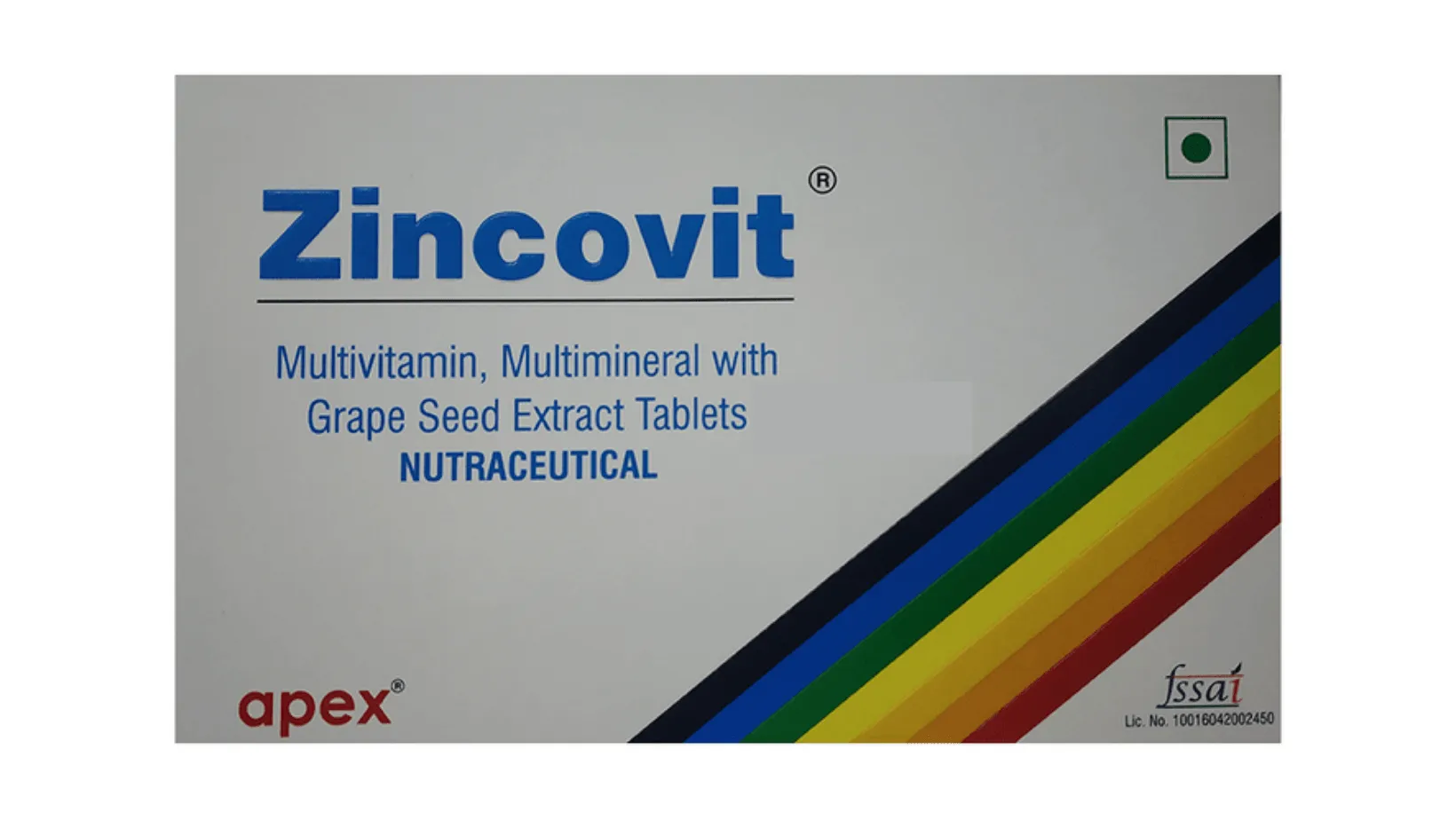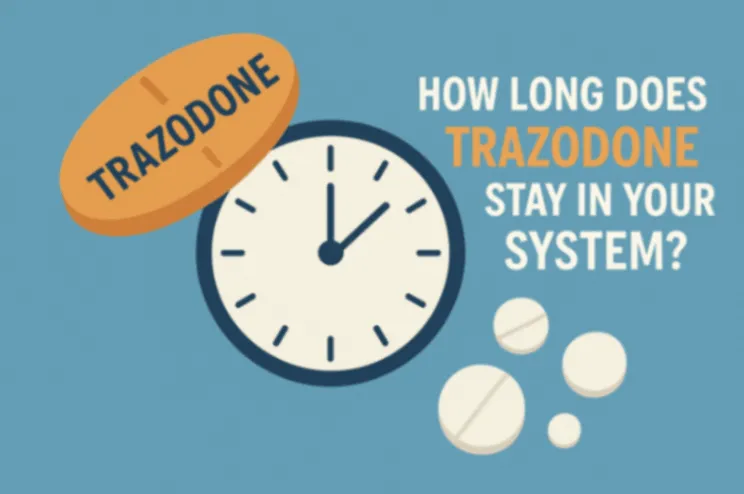Want to lose weight with foods you love? A low-carb Indian diet might be the answer. Many people struggle with weight loss because of high-carb foods that don’t fill them up. But cutting back on carbs can help you shed pounds faster and feel more energetic.
A study shows that when we reduce carbs, our bodies burn stored fat for fuel instead of carbs, which helps us lose weight. This plan lets you enjoy the flavors of Indian food without all the carbs.
This low-carb plan keeps things simple. With easy meals and a variety of options, you won’t feel like you’re missing out. Let’s find out how you can follow this low-carb diet for 10 days to kickstart your weight loss journey.
What Is A Low-Carb Indian Diet?
A low-carb diet essentially means you cut down on carbs, which you often find in foods like bread, rice, and sugar. Instead, you shift your focus to eating more protein, fats, and veggies. This kind of diet works because, when you reduce carbs, your body naturally starts using stored fat for energy. Consequently, this switch can help you lose weight and may also keep your energy levels steady throughout the day.
Research shows that low-carb diets can be very effective for weight loss. Moreover, they help in managing blood sugar, reducing cravings, and even supporting overall health. For an Indian diet, however, this means adjusting our usual meals—like replacing rice or bread with vegetables and choosing spices to bring out the flavors without adding carbs.
10 Day Low Carb Meal Plan
Here’s a simple 10-day vegetarian Indian diet plan that makes following low-carb meals easy. This plan includes tasty options that won’t leave you feeling hungry. To start, let’s begin with a few days to ease into this low-carb way of eating, and then, we’ll add variety as we move forward.
Days 1–3: Simple Start
To begin, start light and easy with meals that are both low in carbs and high in taste. This way, you ease into the diet without feeling overwhelmed.
-
Breakfast: Start your day with scrambled paneer with vegetables. Additionally, add a sprinkle of turmeric and black pepper for extra flavor.
-
Lunch: For lunch, enjoy cabbage stir-fry with your favorite spices, alongside a refreshing side of cucumber yogurt.
-
Dinner: Finally, end the day with methi (fenugreek) dal paired with a side of sautéed spinach for a filling yet light meal.
Days 4–6: Adding More Flavor
Next, switch things up a bit to keep your meals exciting and maintain your interest in the diet.
-
Breakfast: Begin with a masala omelet filled with onions, tomatoes, and green chilies to add a slight kick to your morning.
-
Lunch: Move on to cauliflower “rice” pulao with a side of mixed vegetable curry for a filling and delicious lunch.
-
Dinner: For dinner, try moong dal soup with roasted Brussels sprouts on the side, giving you a warming and flavorful end to the day.
Days 7–10: More Choices
These days give you a wider variety, so you stay motivated and don’t get bored.
-
Breakfast: Vegetable upma made with grated cauliflower instead of regular upma.
-
Lunch: Palak paneer (spinach with cottage cheese) with cucumber slices.
-
Dinner: Zucchini noodles in a tomato-based curry sauce for extra flavor.
Sample Plan Table
This simple table gives you an idea of what a low-carb vegetarian Indian plan could look like over five days.
|
Day |
Breakfast |
Lunch |
Dinner |
|
1 |
Paneer scramble with veggies |
Cabbage stir-fry & cucumber yogurt |
Methi dal & sautéed spinach |
|
2 |
Chia seeds with coconut milk pudding |
Tofu and bell pepper stir-fry |
Cauliflower “rice” pulao |
|
3 |
Masala omelet with veggies |
Spinach salad & Greek yogurt |
Zucchini noodles in curry |
|
4 |
Avocado and cheese stuffed bell peppers |
Palak paneer & cucumber slices |
Moong dal & roasted veggies |
|
5 |
Cauliflower upma |
Cabbage and bell pepper salad |
Tofu curry with roasted veggies |
If you enjoy non-vegetarian meals, don’t worry—you can still keep it low-carb and tasty. Here’s a plan with lean proteins like chicken and fish that make it easy to stick to low carbs.
-
Day 1–3: Grilled chicken salad with olive oil dressing for lunch, fish curry with steamed vegetables for dinner.
-
Day 4–6: Scrambled eggs with spinach for breakfast, tandoori chicken with bell peppers for lunch, shrimp curry with zucchini noodles for dinner.
-
Day 7–10: Eggplant curry with grilled salmon for dinner, boiled eggs with a sprinkle of chaat masala for breakfast.
These meals are low in carbs but high in flavor, so you’ll feel satisfied and energized.
Potential Risks of Rapid Weight Loss
While a low-carb meal plan can be effective for weight loss, rapid weight loss can sometimes lead to health concerns. When the body loses weight too quickly, it might not have time to adjust, which can bring negative side effects. Losing weight in a steady, gradual way is often safer and more sustainable.
Here are some potential risks of rapid weight loss to keep in mind:
-
Nutrient Deficiencies: Losing weight quickly can lead to missing out on essential nutrients, especially if your diet lacks balance.
-
Muscle Loss: Quick weight loss may reduce not just fat but also muscle mass, which can lower your strength and energy.
-
Gallstones: A rapid drop in weight can increase the chance of developing painful gallstones.
-
Dehydration: Some initial weight loss is often due to water loss, which can lead to dehydration if not properly managed.
-
Low Energy Levels: Losing weight too fast can drain your energy, making you feel weak and tired.
-
Electrolyte Imbalance: Fast weight loss may disturb the balance of electrolytes in your body, affecting heart and muscle function.
-
Loose Skin: Rapid weight loss can leave you with excess, sagging skin, especially if done without exercise.
-
Slow Metabolism: Losing weight too quickly can lower your metabolism, making it harder to keep the weight off long-term.
Smart Ways to Enjoy Indian Food Without the Carbs
Want to enjoy Indian flavors without the carbs? Here are some simple tricks to keep your favorite dishes low in carbs:
-
Use Cauliflower as Rice: Grate cauliflower and cook it with spices for a tasty, low-carb rice replacement.
-
Try Coconut Flour or Almond Flour: Make low-carb roti with these flours instead of regular wheat.
-
Skip the Potatoes: Use zucchini, eggplant, or other low-carb veggies in curries.
-
Choose Greek Yogurt: It has more protein and fewer carbs than regular yogurt.
-
Cook with Ghee, Not Oil: Ghee adds flavor and good fats without the carbs.
-
Add More Greens: Spinach, kale, and fenugreek are great low-carb veggies that add bulk to your meal.
-
Rely on Paneer and Tofu: Both are protein-packed and low in carbs—perfect for Indian dishes.
-
Season with Spices, Not Sauces: Spices like cumin, coriander, and turmeric add flavor without adding carbs.
Conclusion: Your Low-Carb Journey Awaits!
Now that you’ve seen how easy it is to enjoy a low-carb Indian diet, it’s time to take the first step. Cutting carbs doesn’t mean you miss out on taste; rather, it’s all about making smart choices. So, are you ready to start? Consider consulting a nutritionist to tailor a low-carb plan that suits you best. With these tasty options and practical swaps, your weight loss journey awaits!
Disclaimer: This information is intended for general educational purposes only and does not replace professional medical advice. Before starting any meal plan or weight-loss program, it's essential to consult with a healthcare provider to ensure it’s safe and suitable for your health needs.
Frequently Asked Questions
What are some quick low-carb Indian snacks?
Roasted chickpeas, spiced nuts, or cucumber slices with hummus are easy, low-carb snacks that satisfy hunger without the carbs.
Can I enjoy Indian curries on a low-carb diet?
Yes! Skip the potatoes, and instead, serve with cauliflower rice or leafy greens rather than regular rice or naan.
How can I make a low-carb roti?
Use almond or coconut flour for making roti. These flours have fewer carbs and provide a similar texture to regular roti.
Are dals allowed on a low-carb Indian diet?
Yes, but in moderation. Moong dal and masoor dal have fewer carbs than others. Pair them with non-starchy vegetables for a balanced meal.
Can I have fruits on a low-carb diet?
Yes, but choose low-sugar fruits like berries. Avoid fruits high in sugar, such as mangoes and bananas.
How can I avoid carbs in Indian meals without missing out on taste?
Simply swap regular rice with cauliflower rice, use almond or coconut flour for rotis, skip potatoes in curries, and focus on low-carb veggies like spinach and zucchini.
Reviewed by







